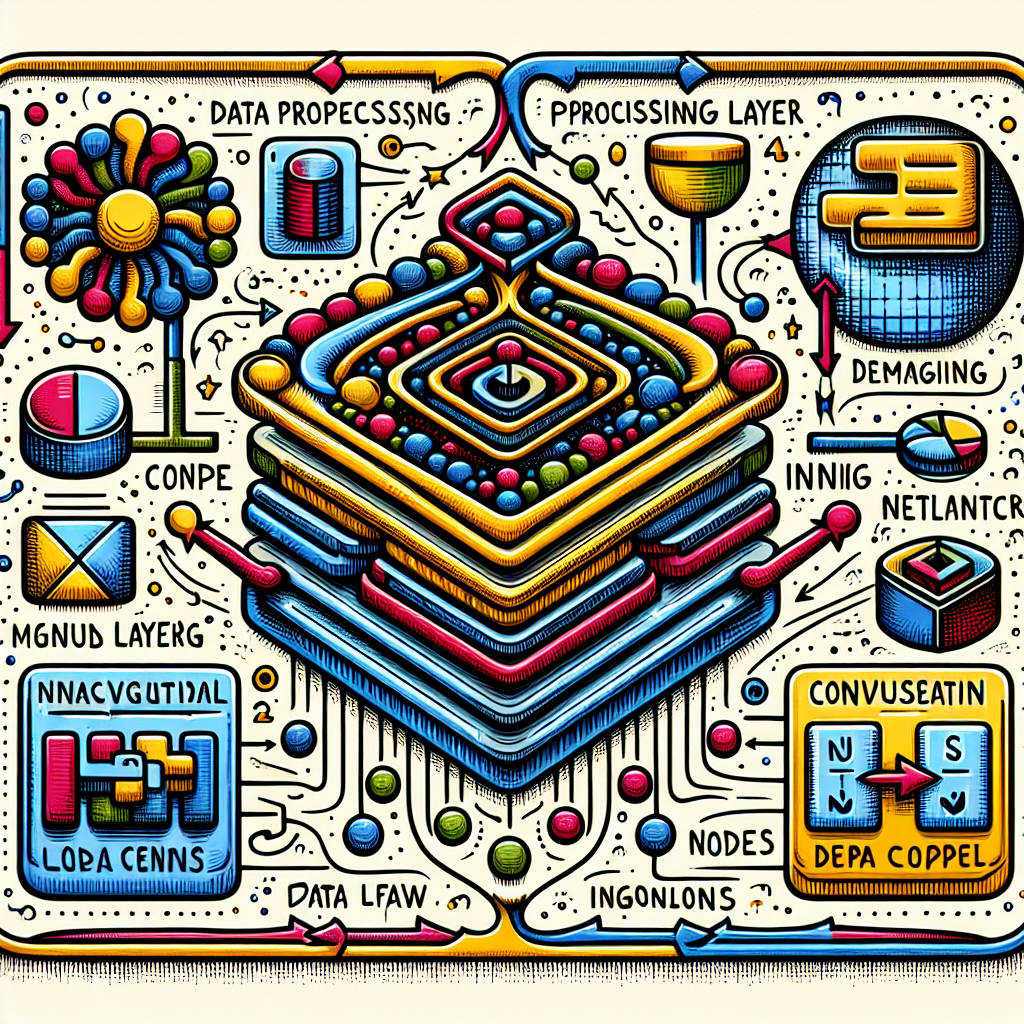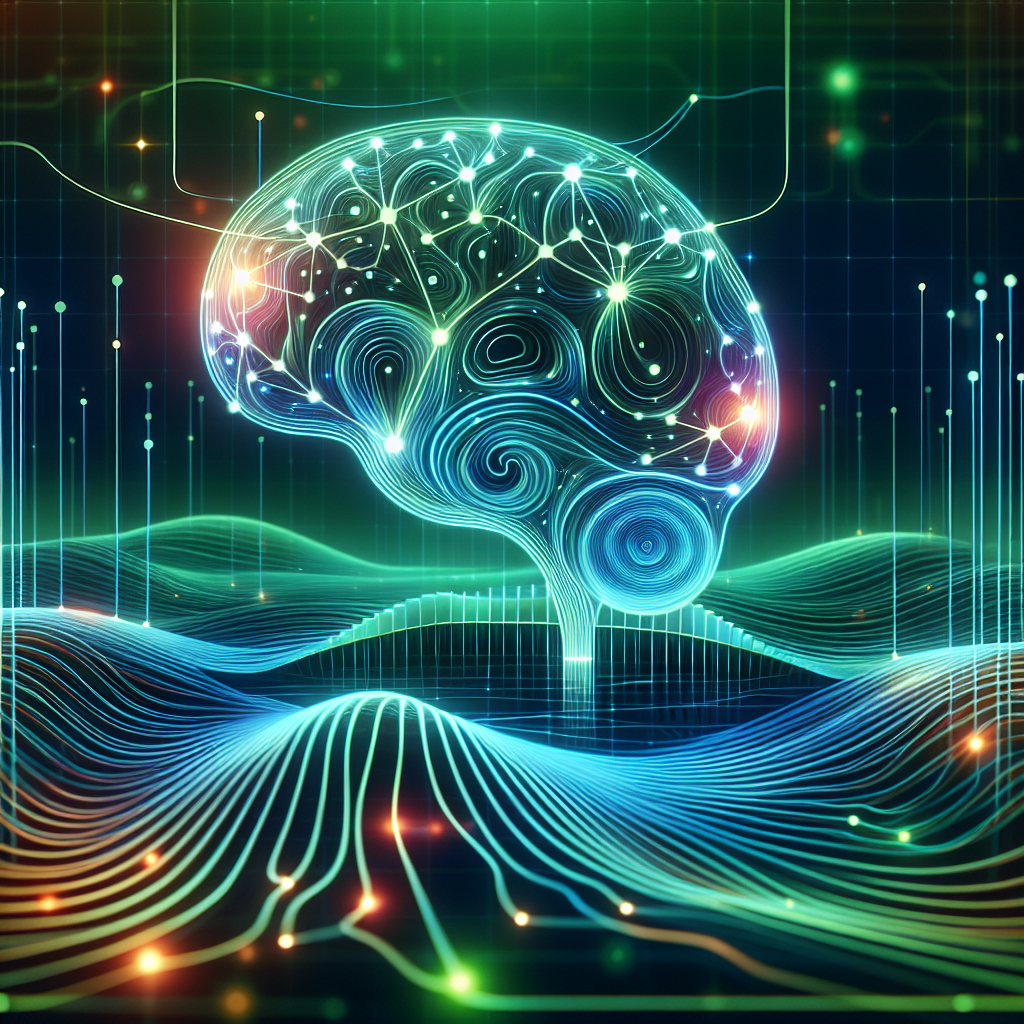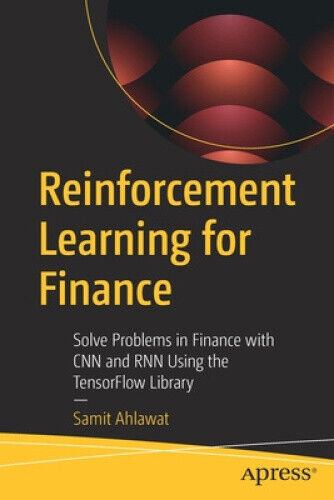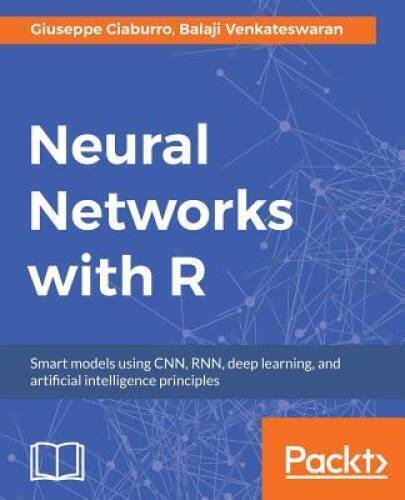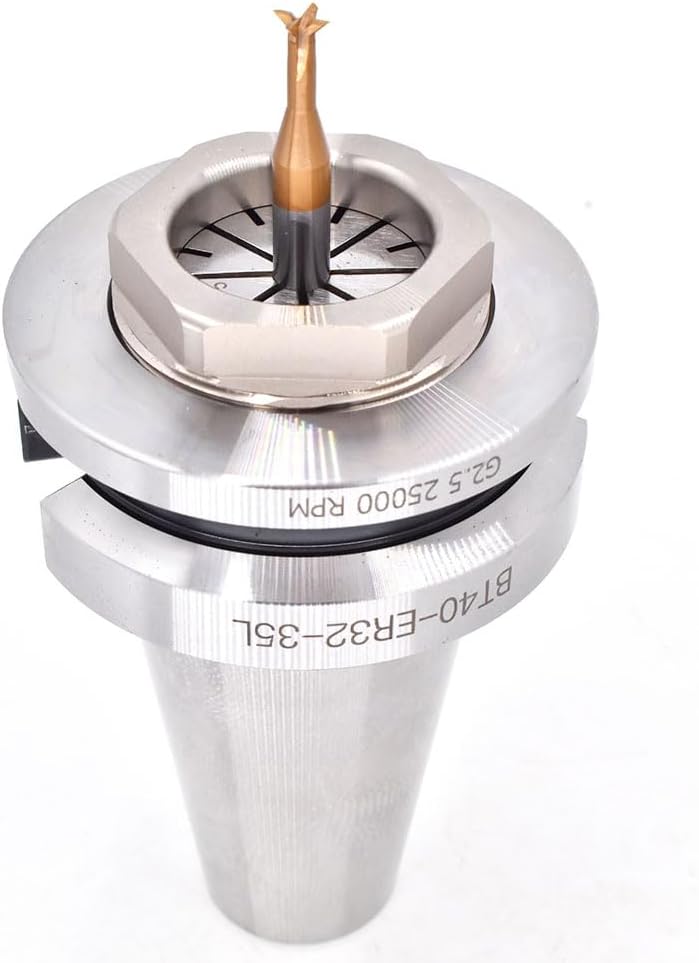Deep learning, a subset of machine learning, has revolutionized the field of artificial intelligence in recent years. One of the most powerful techniques within deep learning is Convolutional Neural Networks (CNNs), which have proven to be extremely effective in tasks such as image recognition, natural language processing, and speech recognition.
CNNs are inspired by the structure of the human brain and are designed to automatically and adaptively learn spatial hierarchies of features from data. They consist of multiple layers of neurons that process visual information in a way that is similar to how the human brain processes visual information.
To unleash the full potential of CNNs, it is important to understand the key components and principles that govern their operation. In this comprehensive guide, we will explore the various aspects of CNNs and provide a step-by-step approach to building and training a CNN model.
1. Understanding the Architecture of CNNs: CNNs consist of three main types of layers – convolutional layers, pooling layers, and fully connected layers. Convolutional layers apply filters to input data to extract features, pooling layers reduce the spatial dimensions of the data, and fully connected layers perform the final classification.
2. Data Preprocessing: Before training a CNN model, it is important to preprocess the data to ensure that it is in a format that is suitable for input into the network. This may involve resizing images, normalizing pixel values, and splitting the data into training and testing sets.
3. Building a CNN Model: To build a CNN model, you will need to define the architecture of the network, including the number of layers, the size of the filters, and the activation functions. You can use popular deep learning libraries such as TensorFlow or PyTorch to implement your CNN model.
4. Training the CNN Model: Training a CNN model involves feeding the training data into the network and adjusting the weights of the neurons to minimize the error between the predicted output and the actual output. This process is repeated multiple times until the model converges to a set of optimal weights.
5. Evaluating the CNN Model: Once the CNN model has been trained, it is important to evaluate its performance on a separate test dataset. This can be done by measuring metrics such as accuracy, precision, recall, and F1 score.
By following this comprehensive guide to CNNs, you can unleash the full potential of deep learning and harness the power of convolutional neural networks for a wide range of applications. Whether you are a beginner or an experienced practitioner, mastering CNNs will open up new possibilities in the field of artificial intelligence and enable you to tackle complex problems with ease.
#Unleashing #Potential #Deep #Learning #Comprehensive #Guide #CNN,understanding deep learning: building machine learning systems with pytorch
and tensorflow: from neural networks (cnn
